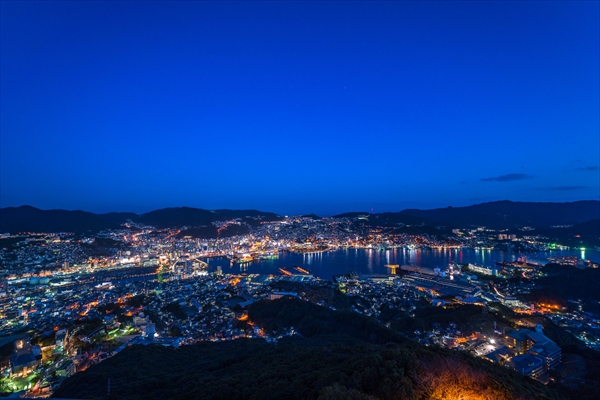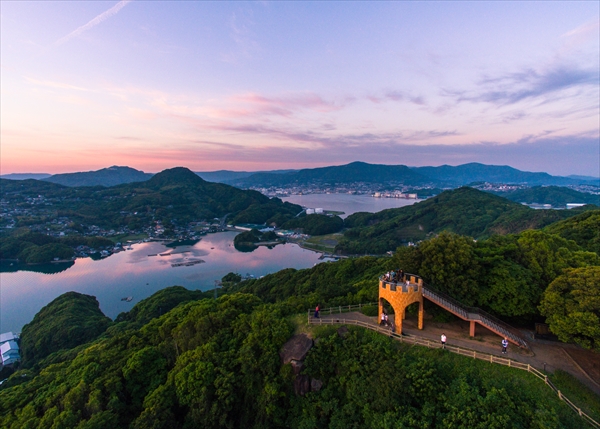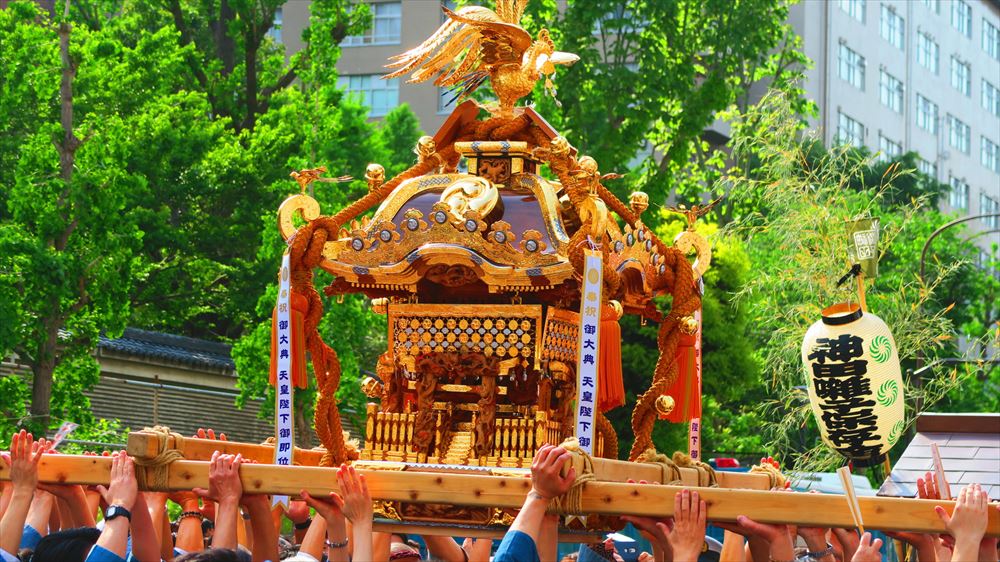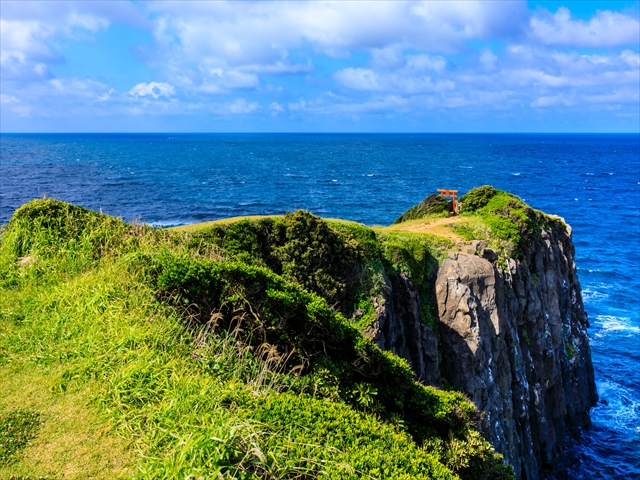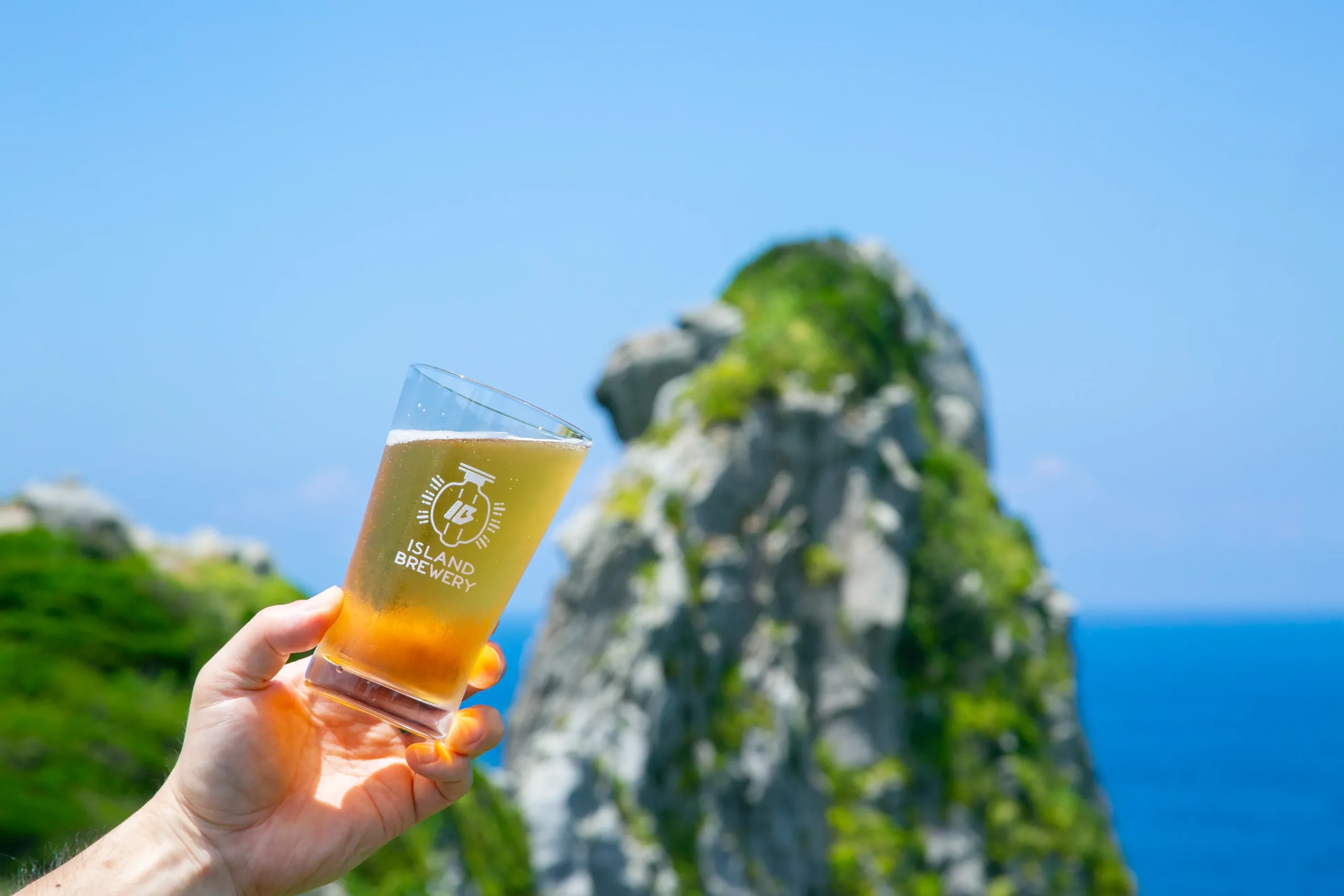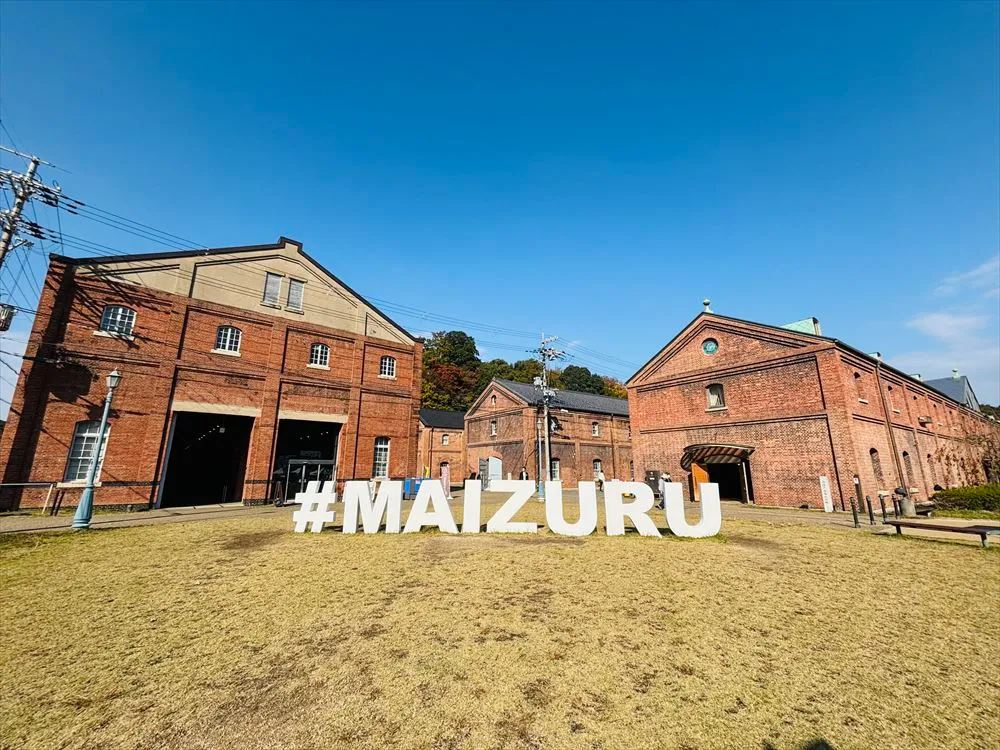
NAGASAKI AN AREA WITH A BEAUTIFUL AND EXOTIC LANDSCAPE
NAGASAKI
Nagasaki was the only place where trade with Holland was permitted during the Edo Period, from the 17th century to the mid-19th century, due to the national isolation policy. With that history, Nagasaki has a very unique landscape influenced by a fusion of European and East Asian cultures. Since the mid-19th century, the city has been a pioneer of modernization in both industry and thought in Japan. Several historic sites in Nagasaki have been registered on the list of UNESCO’s World Cultural Heritage in 2015, as part of “Sites of Japan’s Meiji Industrial Revolution.
Glover Garden
The Glover Residence (World Cultural Heritage) is the oldest existing wooden Western-style building in Japan, where Thomas Blake Glover, a Scottish merchant who came to Japan in 1859, lived. Glover Garden – actually a park – has eight other kinds of Western-style structures. The beautiful garden is always filled with seasonal flowers, and visitors can enjoy a magnificent view overlooking Nagasaki Bay. *Audio guide in foreign languages available (Japanese, English, Chinese, and Korean).

Oura Catholic Church
Since Nagasaki had a link with European countries, there were many people who secretly held to Christian faith. After the ban against Christianity was lifted, many churches were constructed, resulting in over 130 churches in Nagasaki Prefecture. Oura Catholic Church (National Treasure) is representative of the group of churches in Nagasaki. It is Japan’s oldest existing church building, which was built by the efforts of two French priests in 1864.

Photograph(s) on this page is(are) used with the permission of Catholic Archdiocese of Nagasaki.
Dejima
Dejima was the only place where direct trade with Holland was conducted for about 200 years during the period of isolation. The artificial island constructed in the mid-17th century is now part of the city area, connected by landfill. The streets have been restored to the original layout, allowing visitors to experience the atmosphere of by-gone days. The restoration of six buildings is scheduled to be completed by the autumn of 2016, and the restoration of Dejima Omotemon Bridge, which used to exist to connect the island and the mainland, will be completed in 2017, making this unique area more fun and attractive!

Nagasaki Shinchi Chinatown
One of Japan’s three biggest Chinatowns, along with those in Yokohama (Kanagawa Prefecture) and Kobe (Hyogo Prefecture), it is the oldest of all. The area is filled with Chinese restaurants and general shops. Nagasaki Lantern Festival is held in Shinchi Chinatown and the surrounding area from January 1 to 15 in the traditional lunar calendar (around late January to mid-February in the modern solar calendar) every year. Over 15,000 Chinese lanterns are lit during the festival, creating a mesmerizing view. Among other festivals, Nagasaki Kunchi Festival is unique by incorporating various international cultures, including Chinese culture. The annual festival, held from October 7 to 9 at Suwa-jinja Shrine, has more than 380 years of history and tradition. Its parade features powerful performances, such as a lion dance.

.webp)
Peace Park
As many should know, Nagasaki is the second place in Japan where the atomic bomb was dropped during WWII. The hypocenter area is now this peaceful park. The 9.7-meter-high symbol of the park, the Peace Statue, shows the threat of atomic weapons by the right hand and the wish for peace by the left hand, and prays for the souls of the victims of the bomb.

Gourme Information
You can enjoy exotic foods as well a sexotic culture in Nagasaki.
Champon / Saraudon
Champon was created as a cheap and nutritious dish by a Chinese person who came to Nagasaki; it comprises noodles in soup topped with various ingredients including seafood and vegetables. Saraudon, an offshoot of Champon, is crispy deep-fried thin noodles topped with various ingredients in a thick sauce in perfect harmony. Shikairo This restaurant is the birthplace of Champon.

Toruko Rice
You can enjoy pilaf, pork cutlet, and Naporitan (Japanese pasta with tomato-based sauce), all on one plate! Café OLYMPIC This café is famous for serving gigantic parfaits over one meter tall, as well as various kinds of Toruko Rice.
Shippoku cuisine
Many dishes based on Japanese cooking with hints of Chinese and Western cooking are placed on the table gorgeously. Nagasaki Shippoku HAMAKATSU This restaurant offers a chance for even a single person to enjoy the full course Shippoku.

Castella
One of Nagasaki’s most famous sweets came from Europe to Japan in the 16th century and then transformed into a unique Japanese-style sponge cake. Fukusaya Established in 1624, Fukusaya has been making traditional Castella with its own made-by-hand process since its foundation.

If you go a little further from the city center area…
Gunkanjima (Hashima Island)
Currently standing in ruins, this island used to be very active with the development of its seabed coal mine until the mid-20th century. It has been registered as a World Heritage Site. With the view of its group of high-rise buildings, it is commonly called Gunkanjima (battleship island). It is a model of an isolated island that appeared in the movie “007 Skyfall.” You can join a tour that lands on the island by taking a cruise boat from Nagasaki Port (Reservation required. The tour may be canceled due to unsuitable conditions such as bad weather).
.webp)
Nagasaki Penguin Aquarium
You can see over 170 penguins of eight different species in this aquarium. The facility holds a “Fureai Penguin Beach” event, the world’s only event where people can see penguins swimming in part of the ocean next to the facility and come close to feed them. You can watch, touch, and fully enjoy your time with adorable penguins.
.webp)
Huis Ten Bosch
As one of Japan’s biggest theme parks, it recreates a Dutch town in Europe under the theme of flowers and nature. You can enjoy beautiful flowers and illuminations all year round. It is especially popular in winter, with a night event featuring a world-record 13 million light bulbs. It has hotels with excellent service and ample facilities. “Henna Hotel” (strange hotel) where all the main staff are robots opened in June, 2015, and has been attracting a lot of attention.

Hirado
Hirado used to be home to Japan’s first international trade port with European countries. While it has a Western-style Dutch trading house and many churches, it also features Hirado Castle. The overlapping view of Western-style Francisco de Xavier Memorial Church and Japanese temples is very unique to this area. It is worth going a little further from Nagasaki City to visit Hirado.


Port Hoorn Nagasaki (Temporary closure)
In April 2016, ”Porthoorn Nagasaki” opened in Saikai City. Enjoy strolling around streets of Holland. Nagasaki has many other things and places to see and visit!

